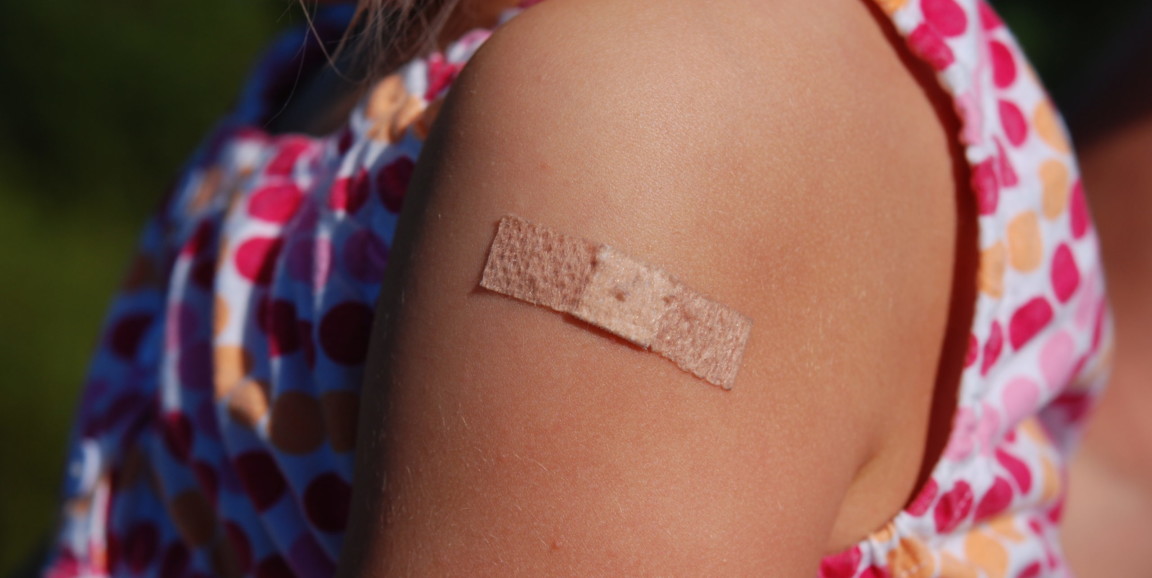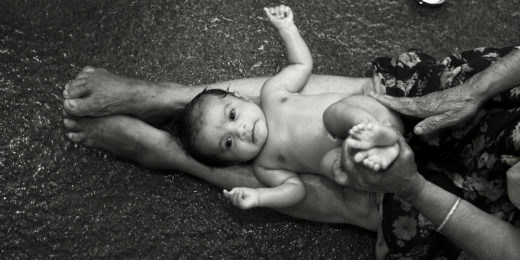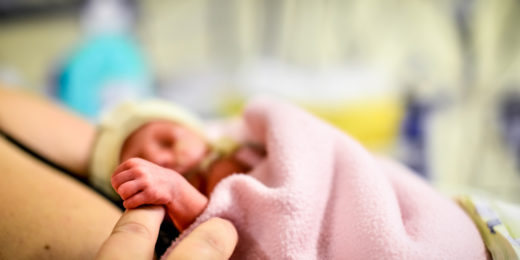While Yvonne Maldonado, MD, has become a national source for U.S. media during pandemic because of her expertise in understanding and preventing COVID-19, her work in Mexican and Sub-Saharan African communities defined much of the earlier years of her career.
In our interconnected world, Maldonado said, it's critical to work alongside communities in the global south to empower and support their public health efforts to ensure the health security not just of those communities but also the rest of the world.
I sat down to discuss the need for a global, culturally responsive approach to combating childhood infectious disease with Maldonado, who is the senior associate dean of Faculty Development and Diversity at the Stanford University School of Medicine and Taube Professor of Global Health and Infectious Diseases.
Before this pandemic, you spent your career fighting two devastating illnesses that affect children -- polio and HIV. How did childhood infectious disease become the target of your work?
Two key things that happened at the beginning of my career helped me focus on global child health. First, while working at the Centers for Disease Control in the Epidemic Intelligence Service in the 1980s, I did a lot of work around HIV, its natural history, epidemiology and prevention. At the time, we really didn't understand how HIV impacted children and pregnant women. So, when I came to Stanford in 1988, I set up the first HIV program for children and developed the HIV clinic. With funding from the CDC and the state health department, I set up a long-term epidemiological study of children in Northern California with HIV in partnership with UC San Francisco and Children's Hospital Oakland.
The same year, the World Health Assembly declared they were going to work to eradicate polio. I loved working in prevention and child health because I think it's the best way you can affect a life's course. Obviously, maternal health is critical as well. But anything to do with young lives and vaccines struck me as the low-hanging fruit because we knew vaccine-preventable diseases accounted for a large share of child deaths around the world.
I saw an opportunity to vaccinate children and eliminate a whole lot of deaths, focus on polio. I still have a polio lab and conduct National Institutes of Health-funded research to study how such diseases are transmitted -- especially in developing settings -- and how strategies to vaccinate the hardest-to-reach children can help eliminate them. Polio is proof of our ability to eliminate a disease through vaccines.
I feel like the work that I've done has really been kind of bookended by these two viruses -- polio and HIV. We've made a lot of progress in both, but they've also shown us how infectious disease can persist in children if we are not vigilant.
How did your work on polio and HIV prepare you for your work on COVID-19?
COVID-19 is an extension of all of the things we've done before. It's a reminder that we need to constantly keep on guard and make sure that we are protecting all of our populations -- because when we don't, there are always unintended consequences.
The last big pandemic in 1918 happened because of a confluence of many of the same factors that led to COVID-19: people from around the globe gathering together, allowing the ability of organisms to spill over into humans. Now, we can be anywhere in the world in 24 hours. So this is going to keep happening. We've opened the gate.
How do we move forward and learn from this pandemic?
They say eternal vigilance is the price of freedom. Well, eternal vigilance is also the price of a long life. That is true for every child in the world, not just those who live in poor countries. If we think about what we've gone through in this country in the past two years, I don't think we can imagine what the global south has faced. We must learn lessons from this in terms of collaborating, not only at an individual or an academic level but also at a political -- a geopolitical -- level to ensure that children all around the world have access to care.
COVID-19 has laid bare the dangers of vaccine hesitancy and made the term a household phrase -- but it's not new. Has COVID-19 revealed new insights about this phenomenon?
I'm a member of Lancet Commission on Vaccine Refusal, Acceptance, and Demand, a group that was commissioned before COVID-19 and has since turned its focus to the pandemic. The basic principles of vaccine hesitancy have always been there, but with COVID-19, it hit us hard and it hit us below the belt.
Most of us who work with vaccines knew that this hesitancy issue had been around for a long time. But in the early days, we thought it was really an issue in higher income countries because in lower and lower-middle income countries, the primary concerns were lack of access and education.
Now, as the world has seen greater vaccine access and development, it has also seen the expansion of social media platforms that provide access to misinformation -- such that we started to see hesitancy in all countries even before COVID-19.
A big part of the problem was lack of community engagement and lack of partnerships, which fuel bad actors who are responsible for an incredibly tragic and fatal stream of misinformation. As the researcher or policymaker, you can't come in as an expert and force things on them because you are not an expert in what a community or region may be facing. Rather, it's a matter of partnering with smart, capable people who need good partnerships to be able to build out their messages in a way that's culturally appropriate.
We saw this with polio. The success of polio eradication efforts was due to global health researchers and policy makers, such as those at UNICEF, working side by side, shoulder to shoulder with community advocates and partners.
When we use this kind of approach, I think there can be hope.
This article has been edited and condensed from its original publication through the Stanford Center for Global Health.
Photo by JazzaInDigi






